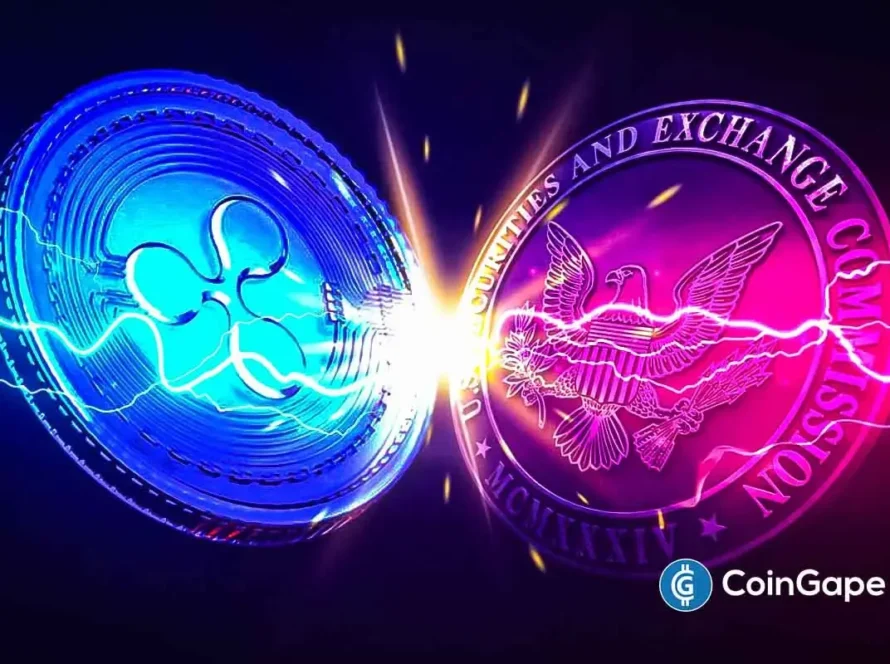The recent passing of the GENIUS Act, the first federal framework for digital assets, has been heralded by Web3 innovators as a key driver of industry growth. And few areas of the cryptosphere seem as ripe for expansion as real-world assets (RWAs), which promise to usher in a new era of finance through tokenization.
Projected to hit a $50 billion market cap by the end of 2025, RWAs are increasingly being eyed by institutions due to the advantages blockchain brings to the trading and settlement of traditional investables (treasuries, commodities, real estate, private credit). Institutions like JPMorgan, which is exploring how tokenization can “power the future of simpler, broader access to diversified, high performing investments.”
All About Mavryk
On the crypto-native side of the aisle are platforms like Mavryk, a regulatory-compliant L1 blockchain expressly created to facilitate the tokenization of real-world commodities. Recently, Mavryk was named as the blockchain partner of MAG Group and MultiBank, with the three launching a landmark initiative to bring $10 billion worth of luxury real-estate onto the blockchain. It has also linked up with infrastructure giant Fireblocks, whose advanced security and tokenization engine will manage the entire lifecycle of the RWAs.
With its support for multiple coding languages, native incorporation of scalable Layer-2s, an integrated on-chain treasury, and its own digital token, Mavryk is particularly well-situated to capitalize on the RWA gold rush. And that’s not a hyperbolic term: many projections have been bandied about, with the tokenized asset economy a potentially multi-trillion dollar market come the end of the decade.
Why Tokenize Real-World Assets?
The value of bringing real-world assets to blockchain lies in the technology’s ability to strip away decades-old inefficiencies in traditional asset management. Settlement times shrink from days to minutes, illiquid assets gain round-the-clock tradability, and compliance becomes programmable – a step change from paper-based bureaucracy.
Today’s fast-growing RWA sector already encompasses tokenized U.S. Treasuries (BlackRock’s BUIDL being the best-known example), private credit, precious metals, and real estate, with investors drawn to the efficiency, transparency, and immediacy of on-chain settlement. Until recently, the only thing lacking was friendly regulation. With the GENIUS Act, the legislative picture is brightening as policy-makers finally recognize the legitimacy of Web3 technology.
As with the SEC’s approval of spot bitcoin ETFs early last year, many expect the act’s passing to fire the starter-gun on institutional participation. In truth, the global financial market could gain immensely from tokenization. With proper regulation and security, RWAs promise to unlock access to assets previously out of reach for retail investors, democratizing investing much in the way mobile apps like Robinhood have done for stocks.
Mavryk Rising
The aforementioned Mavryk, which handles issuance, settlement, governance, and secondary liquidity for RWAs, is just one of many Web3-native entities competing in the unfolding arms race. Exchange platforms are adding real-world assets to their offerings, legacy chains like Ethereum are embracing the asset class, and there are now over 250 ‘asset issuers’ in operation. At what stage, then, will the tipping point be reached?
Conclusion
Real estate is widely regarded as the true goldilocks use-case, since there are hundreds of trillions of dollars locked in the global market. If the likes of Mavryk can make property investments as simple as crypto trades, it may induce a Cambrian explosion of innovation and redefine wealth-building as we know it, letting anyone invest with minimal capital.
Currently in testnet, Mavryk is expected to launch its mainnet later this year. In light of GENIUS, the timing couldn’t be better. As billions of dollars worth of real estate flows onto the blockchain, the dawn of a new investing age may be upon us.


